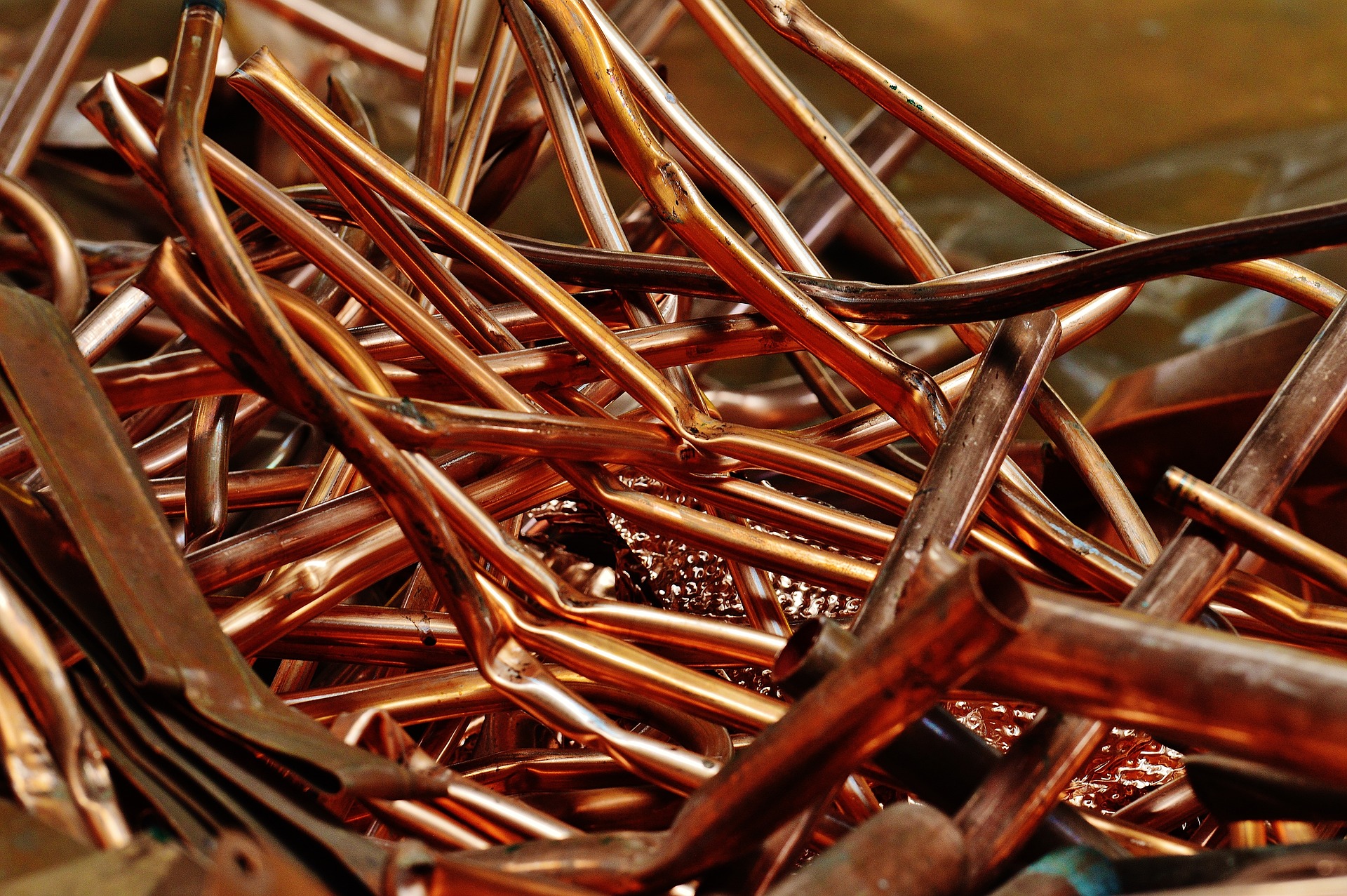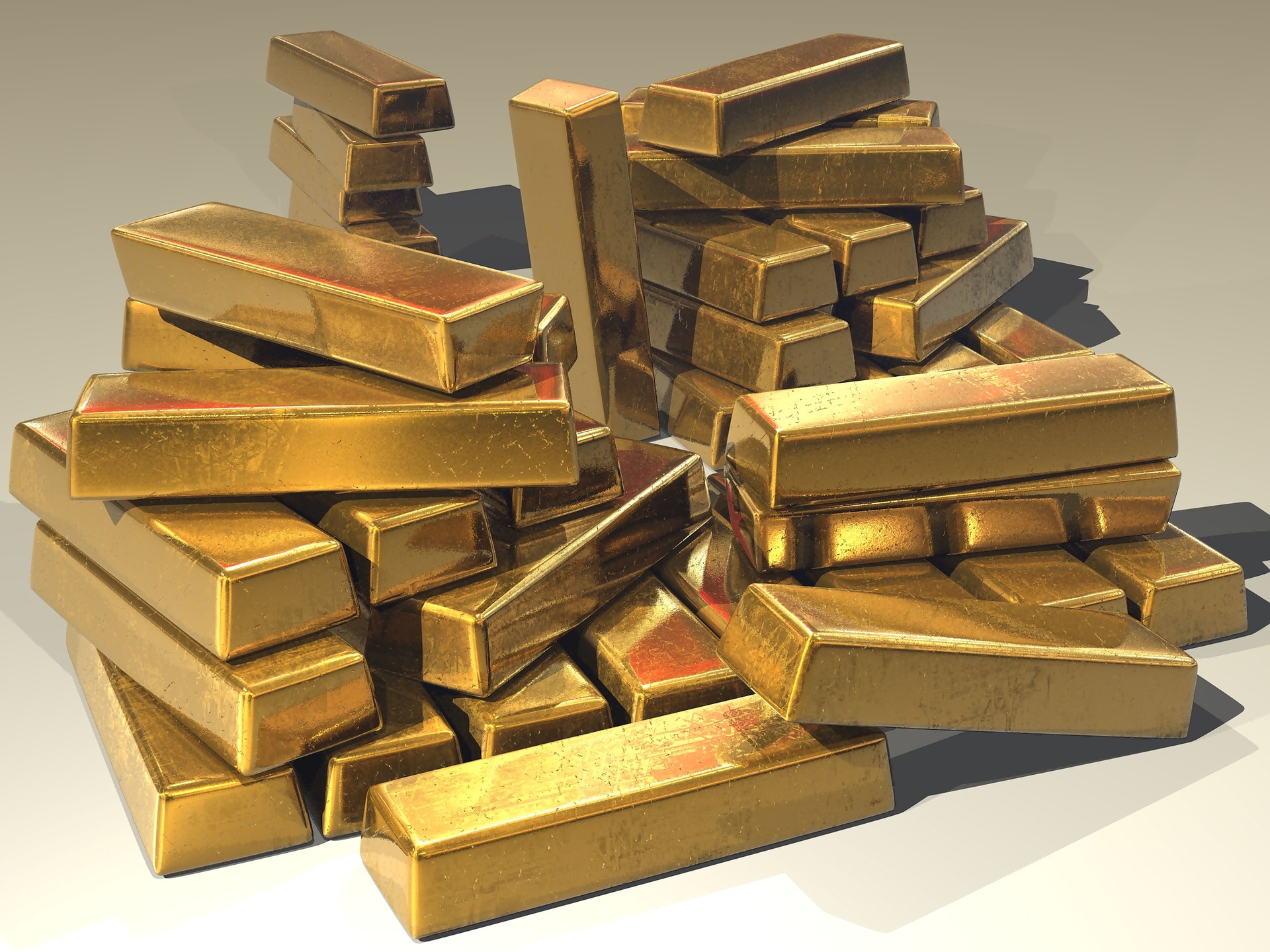Home > Sections > Elements & the Periodic Table > Conductivity
Last Updated: 14th June 2023
ARCHIVED ITEM: this page is no longer updated.
Conductivity
Keywords
Conductive, metals, gold, copper, iron, silver, aluminium, electric current, zinc.
Introduction
Metals allow the passing through of electricity. This is called conductivity. It is a process that means that we can utilise metals to provide us with constant supplies of electric current.
Metals that are Conductive
There are many elements and metals that are conductive. They include:
Copper (Cu): the most widely used metals for conduction of electricity, it is used in everyday wiring in our houses, in appliances we use (kettle, toaster, etc), and even to line a tall building for conduction and earthing. It is soft, malleable, and has the ability not to rust, so is used in marine environments. It also has medicinal properties that allow for antimicrobial protection.
Silver (Ag): silver is the most conductive of metals we know of. Though, having said that, it is also more expensive than the likes of copper. It is also mainly used as a piece of jewellery, specialised equipment, and as an investment piece. You can find it's application in other areas, such as solar panels, mirrors, photography, computers and cutlery.
Zinc (Zn): while brittle at room temperature, heat zinc up to 100°C. It can be recylced, and is used in pennies in the USA, to galvanise iron, change the pigment in paints (it is a blue-grey material). Beauty treatments and makeup uses it. It is a moderate conductor of electricity.
Interesting fact: there is a metal called vanadium dioxide that allows the conduction of electricity, but resists creating heat. This defied our understanding of physics.
Aluminium (Al): light, versatile and strong, it is widely used in other applications, similar to iron. It is very good at conducting electricity as it have three valences, compared to silver and copper only having one valence. It is used in commercial products like packaging, baking trays and to encase high voltage transmission lines. It forms an oxide surface that is resistant to electrical charging, and can cause the connection to overheat.
Gold (Au): a good conductor of electricity, gold is mostly used in jewellery, and also as a commodity to trade in time of need against a weak economy. It has many other uses, including in computesrs (your laptop or mobile phone have quite a bit in them), and was once used as a treament for rheumatoid arthritis. It has since been revealed that it can be toxic for large amounts to be injected with.
Here is a YouTube video from Fuse on conductivity:
What Makes them Conductive?
Well, it's all to do with the way the atoms are made up. When you look at an atom, they have a valence. This is how much of each element could attach itself to another element. For example, water is hydrogen and water, and we know that there are two parts hydrogen to oxygen. This makes the chemical symbol is H2O. This is oxygen's valence. It only allows two parts hydrogen to form with it to make water.
The same is said for these conductive metals. They have a valence that allows the electricity to pass through them, because they have an extra electron spare.




 Elements
Elements


